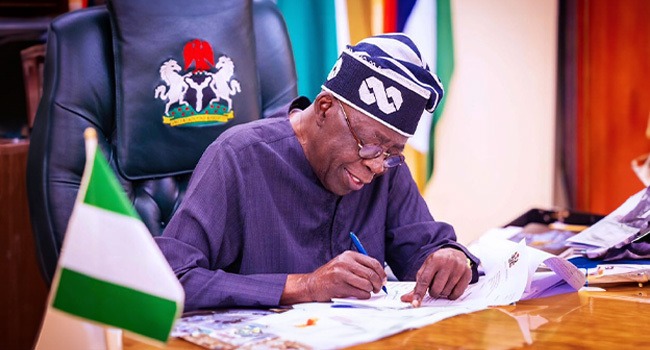The Sahel today is marked by food insecurity, persistent poverty, ineffective governance, high population growth rates, and recurrent climate shocks. This often drives vulnerable communities into a chronic cycle of crisis, conflicts, and the need for large amounts of humanitarian assistance for millions of people.

This is particularly true in Zinder, a region of southern Niger. There, 60% of households fail to meet their food needs for nine months of the year. When that happens, people resort to what we call negative coping mechanisms. This includes reducing the quality or quantity of food they eat, withdrawing children from school, migrating, or forcing teenage girls into marriage.
In Zinder, due to malnutrition, more than half of all children under the age of 5 are stunted, which means their development is negatively and permanently impacted.

To break this cycle and allow these vulnerable groups to build a path out of poverty, USAID is implementing several activities designed to build people’s and communities’ resilience – one’s ability to prepare for, go through, and bounce back from hardship and disasters.
One of these activities is USAID Girma. In Hausa, Girma means dignity, prestige, and growth. It was designed to improve food and nutrition security for nearly 900,000 vulnerable people in Niger. It does so by supporting vulnerable groups, such as youth, to get the skills and resources they need to have successful income-generating activities.
This includes Saidou and Zaharia, both from southern Niger.

A few years ago, Saidou stopped working odd jobs and used his meager savings to open a small shop selling candies and offering solar-powered recharge for mobile phones.
Unfortunately, his business was not going well because he didn’t know how to manage his expenses and revenue flows.

Saidou, a father of three, considered quitting and closing his shop when he signed up for an entrepreneurship training course with the USAID Girma activity. That decision changed everything.
During his training, Saidou learned how to balance his books, leading to improved profits from his business.

Saidou is proud when he explains how he became his own boss. “When you want something in life, you really have to fight for it,” he says.
USAID provides continuous coaching to Saidou to help him make his success last.

Zaharia is 23 years old and lives in a village called Washa. Since having to stop going to school after her 3rd grade, she has been passionate about agriculture but lacked the means to live from this activity.

Zaharia also signed up for an entrepreneurship training course with USAID Girma. After receiving a small loan from her village’s women saving association, she opened a nursery to grow small trees and plants.

I am proud of what I am doing, I want to share my knowledge with others!

USAID remains committed to helping the people of the Sahel to increase their resilience and break out of chronic poverty and vulnerability. Like Saidou and Zaharia, USAID’s support is helping tens of thousands of people to accomplish this – and much more.

The USAID Girma Activity is a $70 million initiative over five years designed to improve food security and resilience among extremely poor and chronically vulnerable households in Niger. Its objective is to reach nearly 900,000 people in 500 communities in the country’s south.



